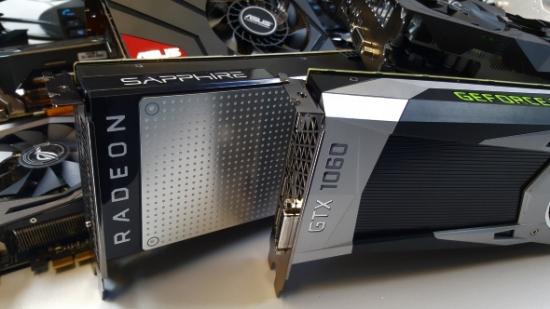Video memory pricing has jumped over 30% in August and it’ll going to keep going up in September, and that’s going to keep driving up graphics card prices for everyone.
Maybe it’s time to upgrade something other than your GPU. How about dropping one of the best SSDs around into your rig instead?
There’s probably never been a worse time to buy a new graphics card. The explosion in homebrew cryptocurrency mining, driven by ethereum, has made it practically impossible to buy a Polaris-based AMD 400 or 500-series card. At least it’s impossible to buy one at a vaguely reasonable price, anyway.
The new AMD RX Vega cards have just been released… and vanished from stock in a matter of minutes at some big retailers. AMD assured us this morning that they’re working hard to get more stock into the channels.
“Day 1 demand for RX Vega,” AMD say, “has been incredible and has resulted in out-of-stock situations in a number of outlets. We’re working hard to have stock replenished in the next few days.”
That’s one of the most straight-bat, deliberately blinkered PR responses you’ll see, meaning we still don’t have any real answers about what the truth is regarding the almost instant price increases of the Vega GPUs.

And now, to top it all off, we’re finding out the cost of the RAM used as the video memory for most modern graphics cards has suffered a massive 30% rise in price over the last month. Both Samsung and SK Hynix – the companies which together create 90% of the memory for graphics cards – have switched parts of their facilities previously dedicated to producing video memory to instead manufacture RAM for server and mobile phones. That means there are fewer video memory chips being made, driving prices ever upwards.
Reports are suggesting that video RAM pricing is only going to continue to increase throughout September too. So it’s only going to get even worse. It’s not generally considered professional to drop an emoji into copy, but if anything deserves a sad face in the tech world it’s that.
We don’t know how much the increase in video memory pricing will impact on the final pricing of graphics cards themselves, but any increase in manufacturing costs will pretty much always be passed onto the end user.
Lucky us.
